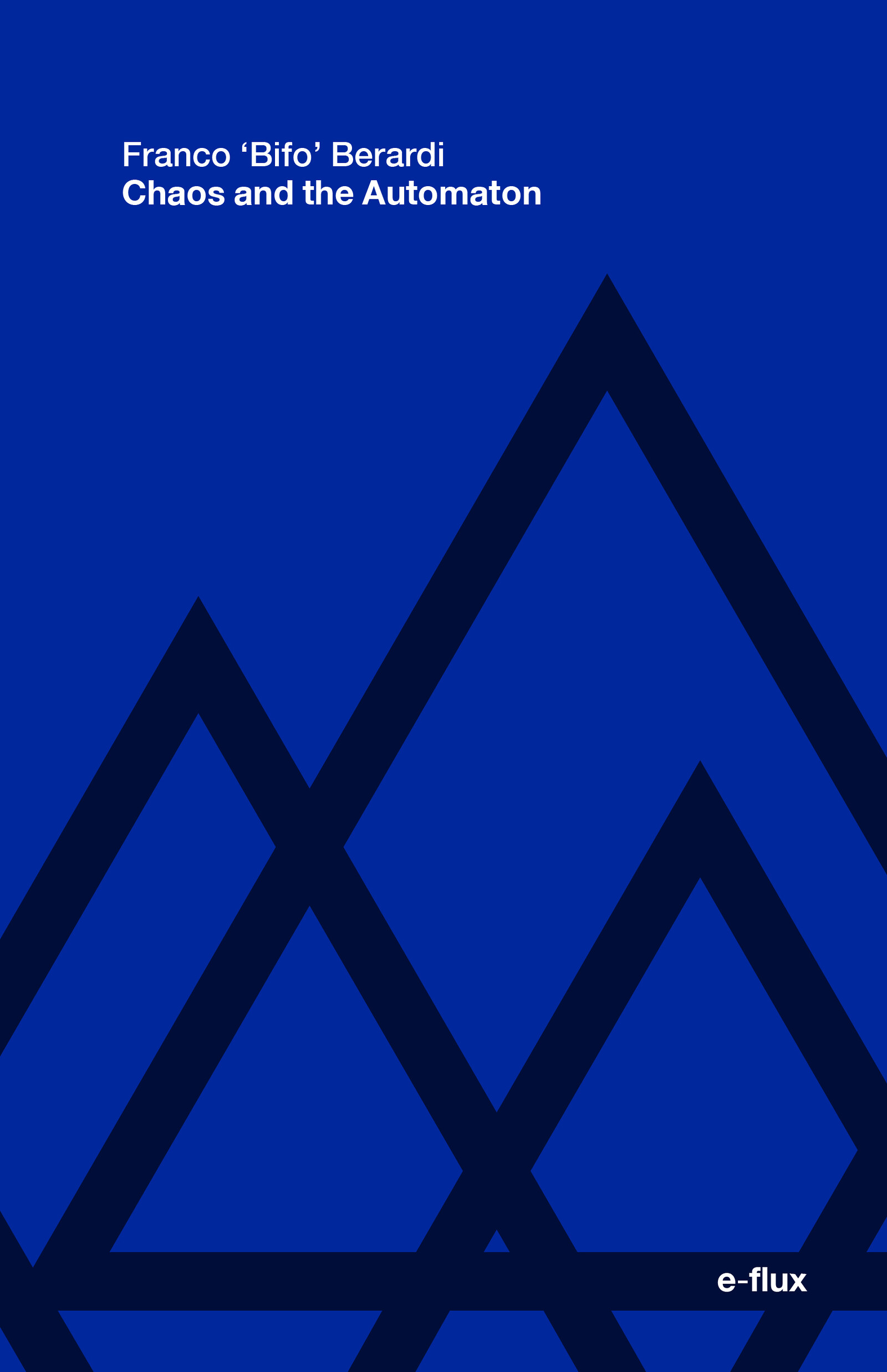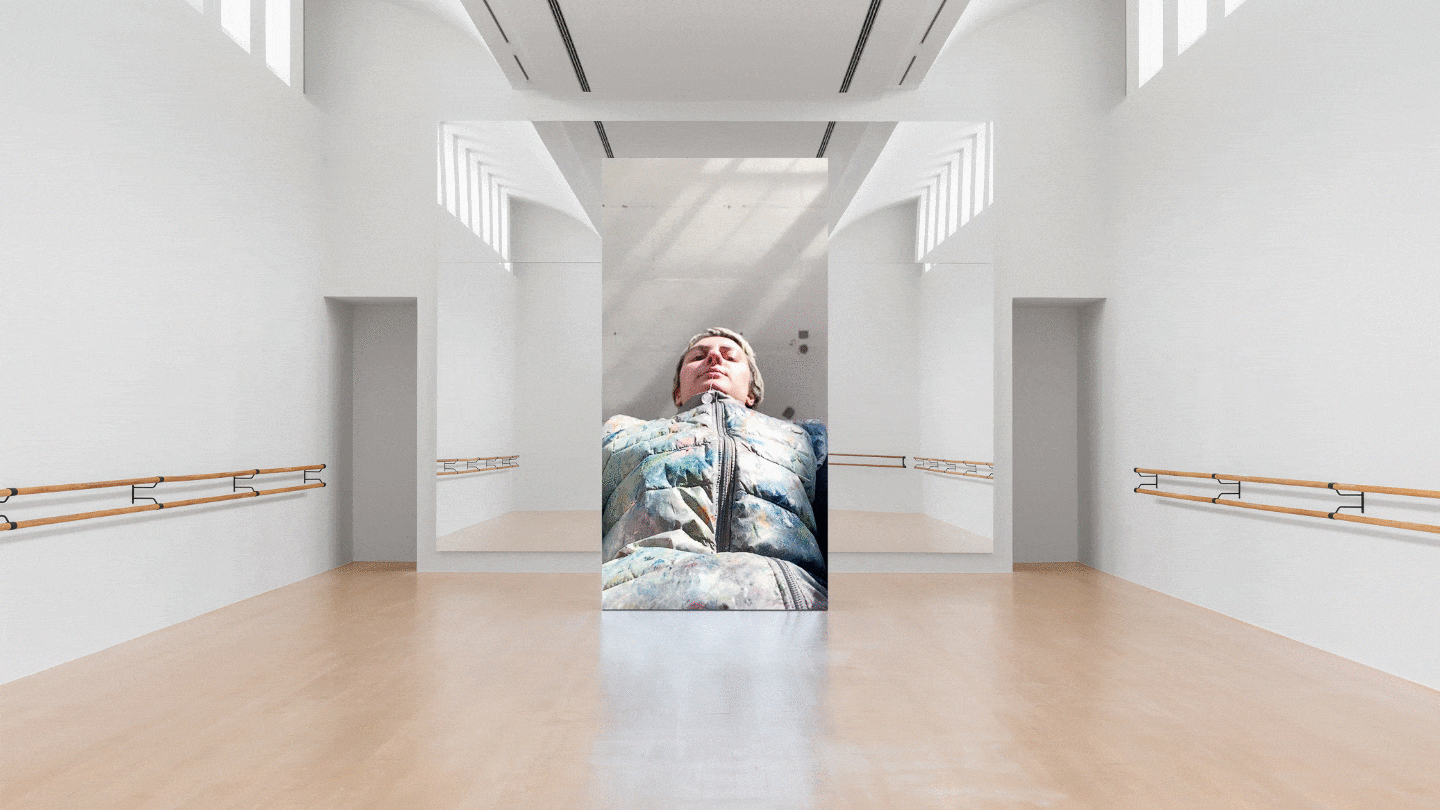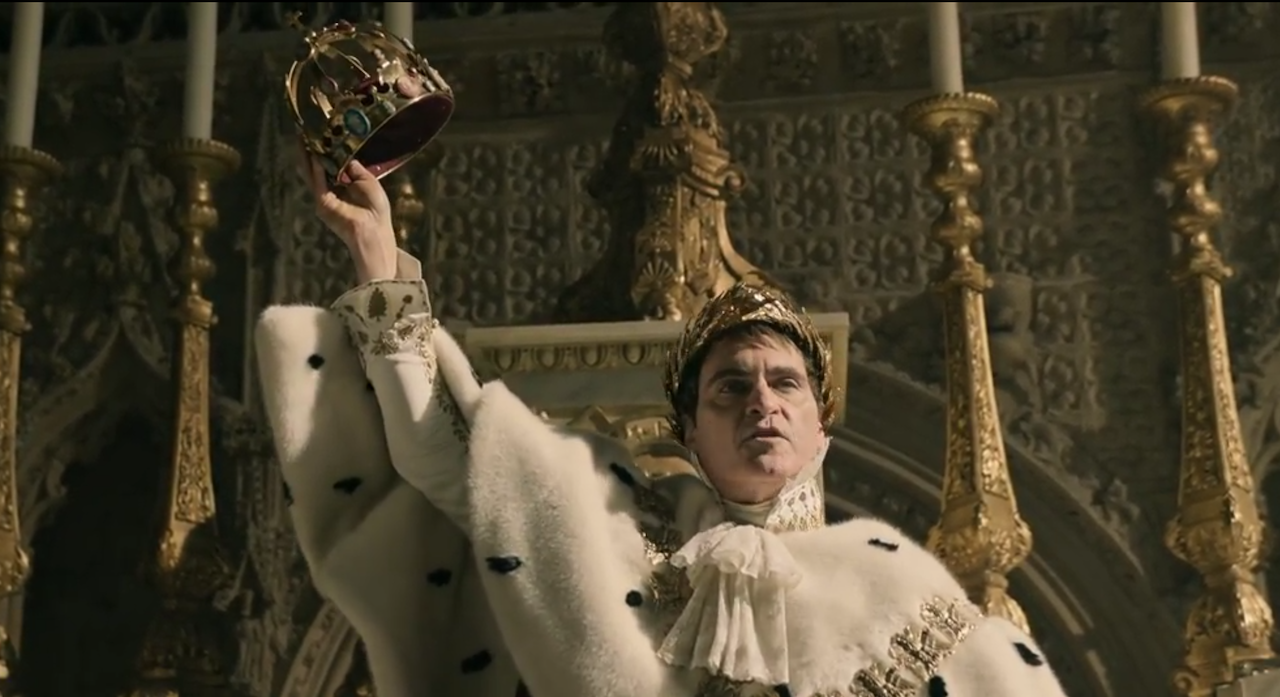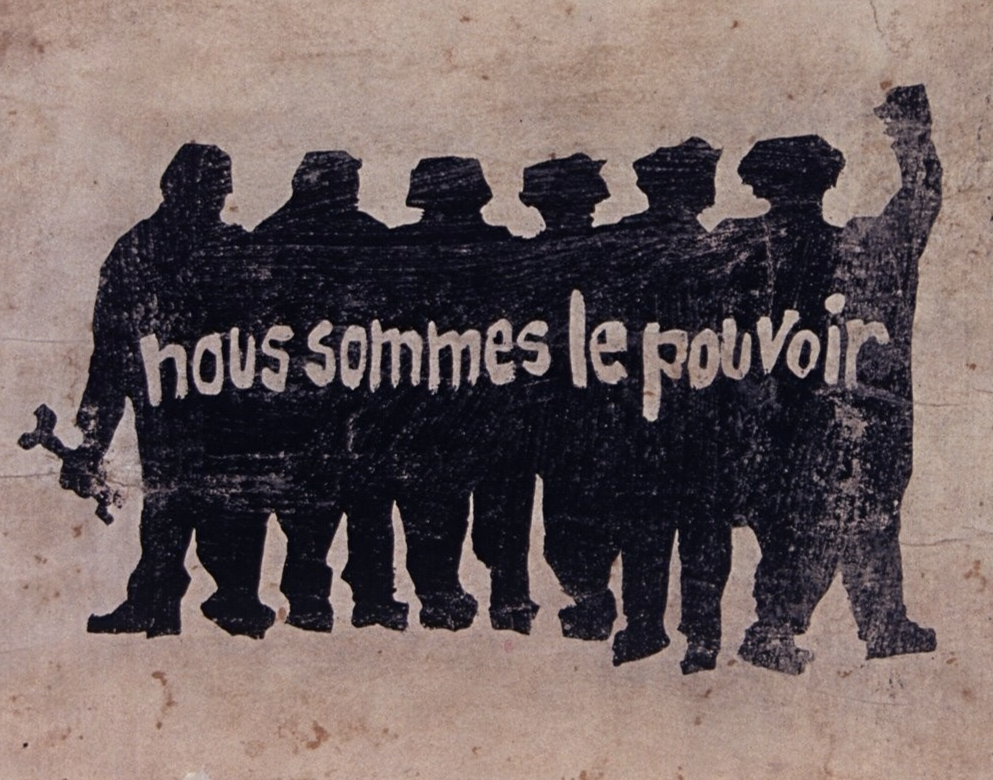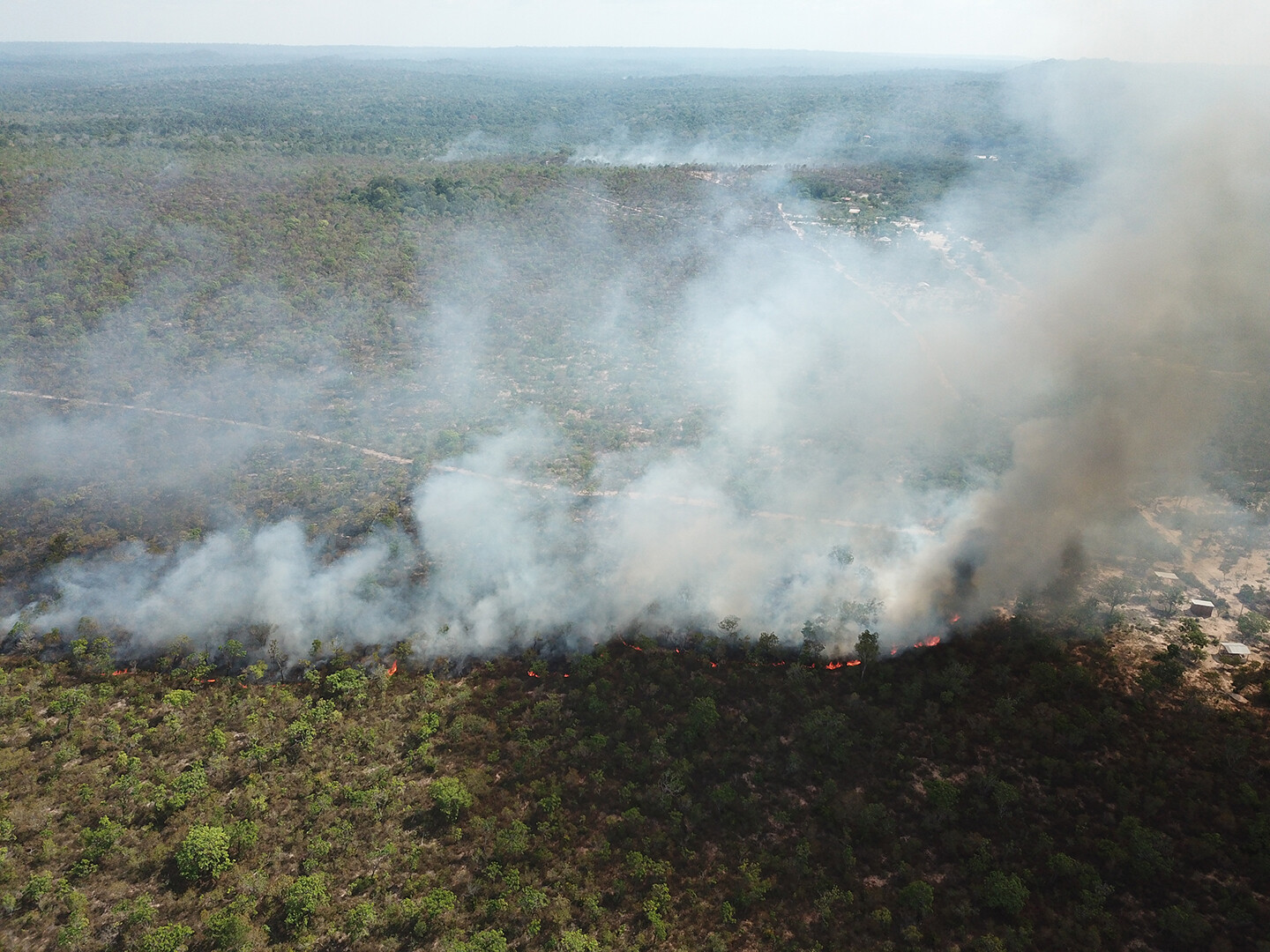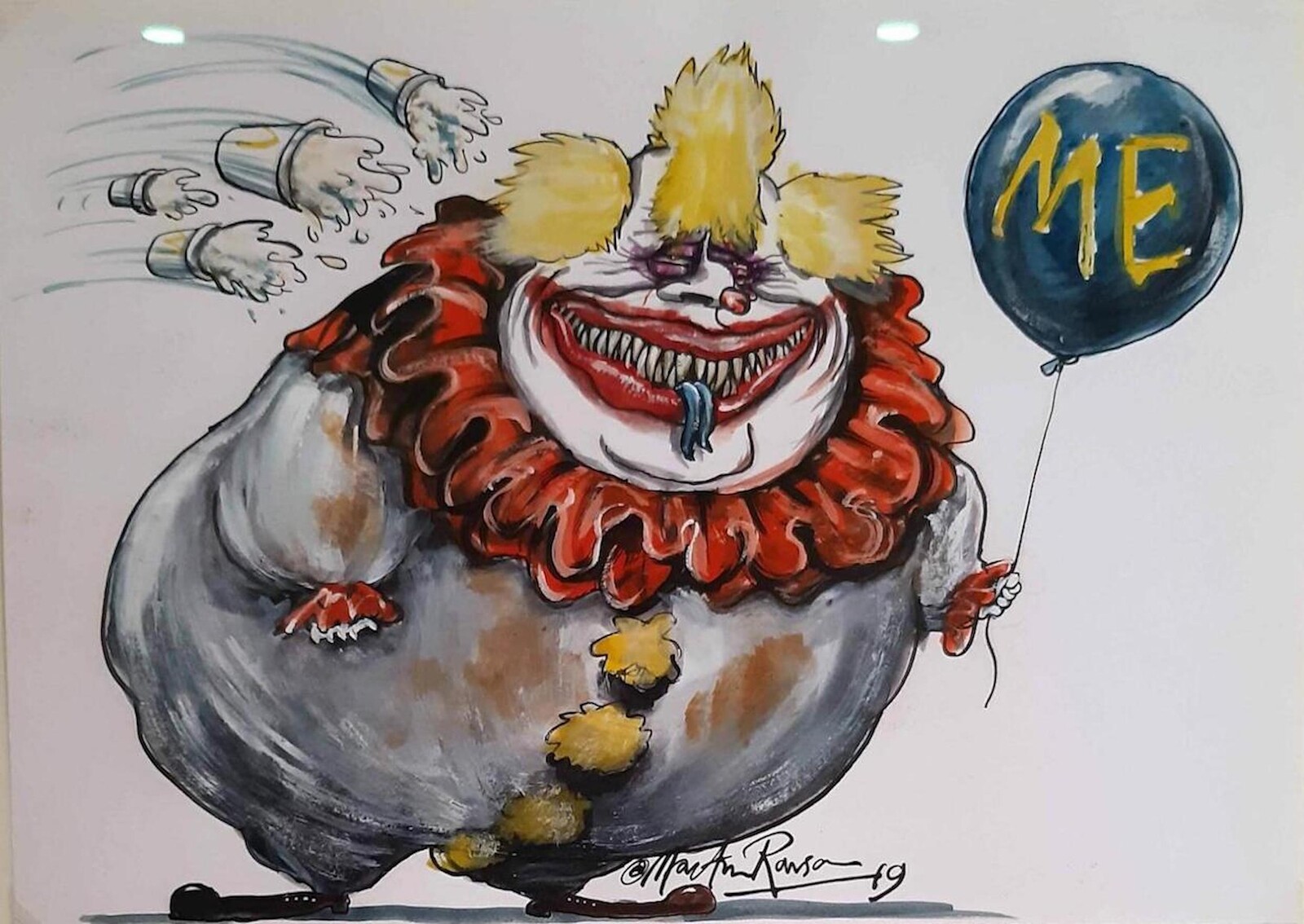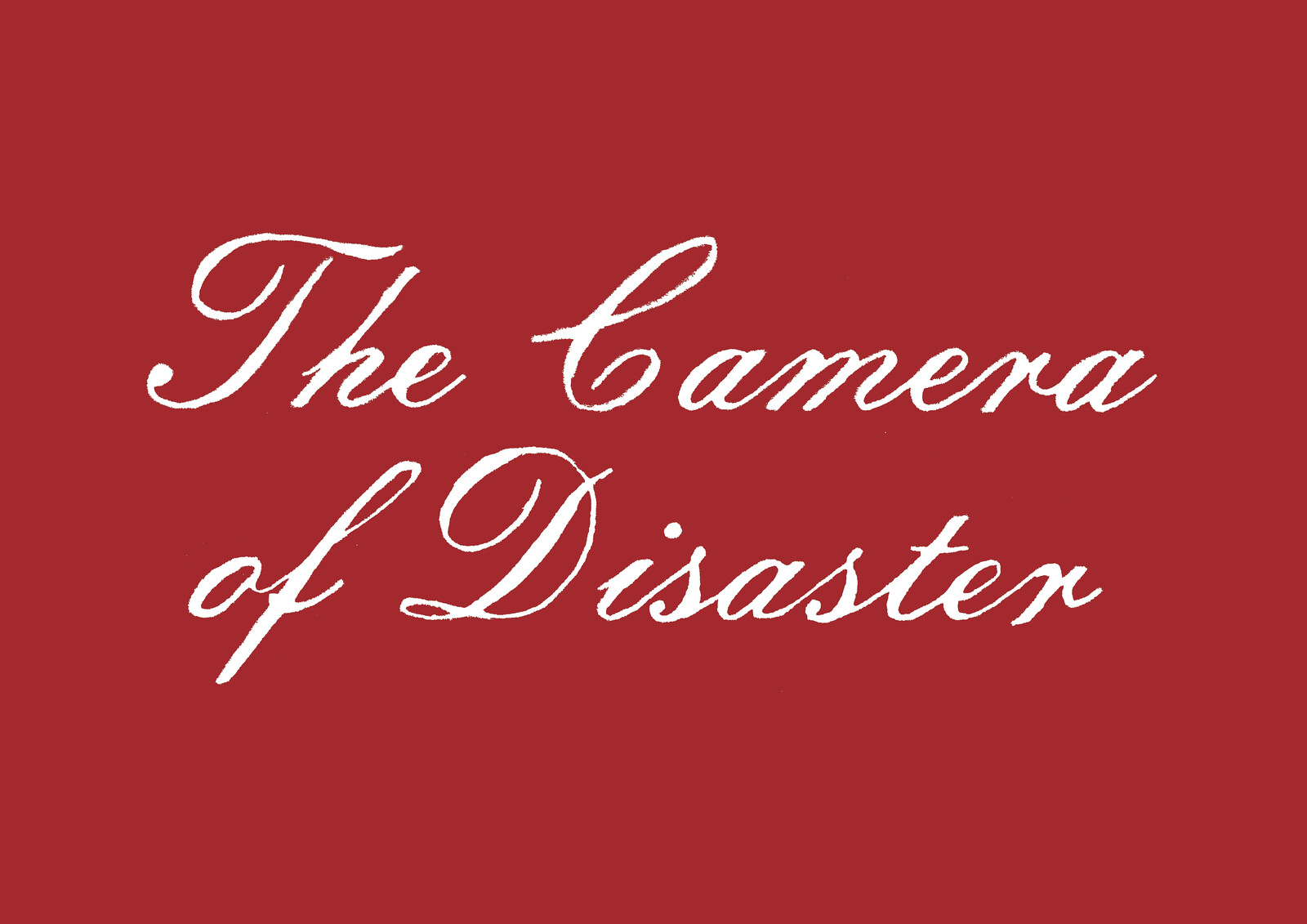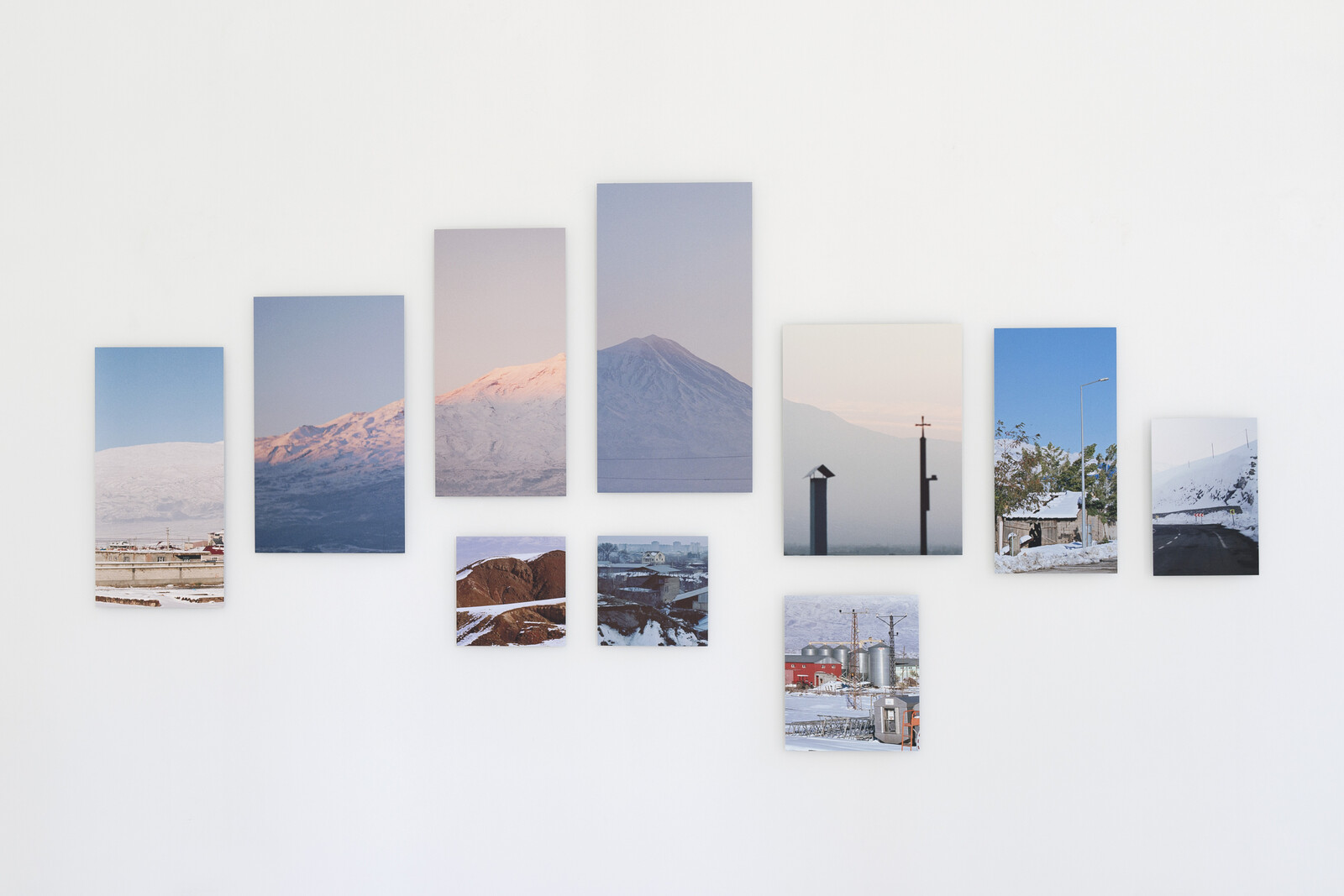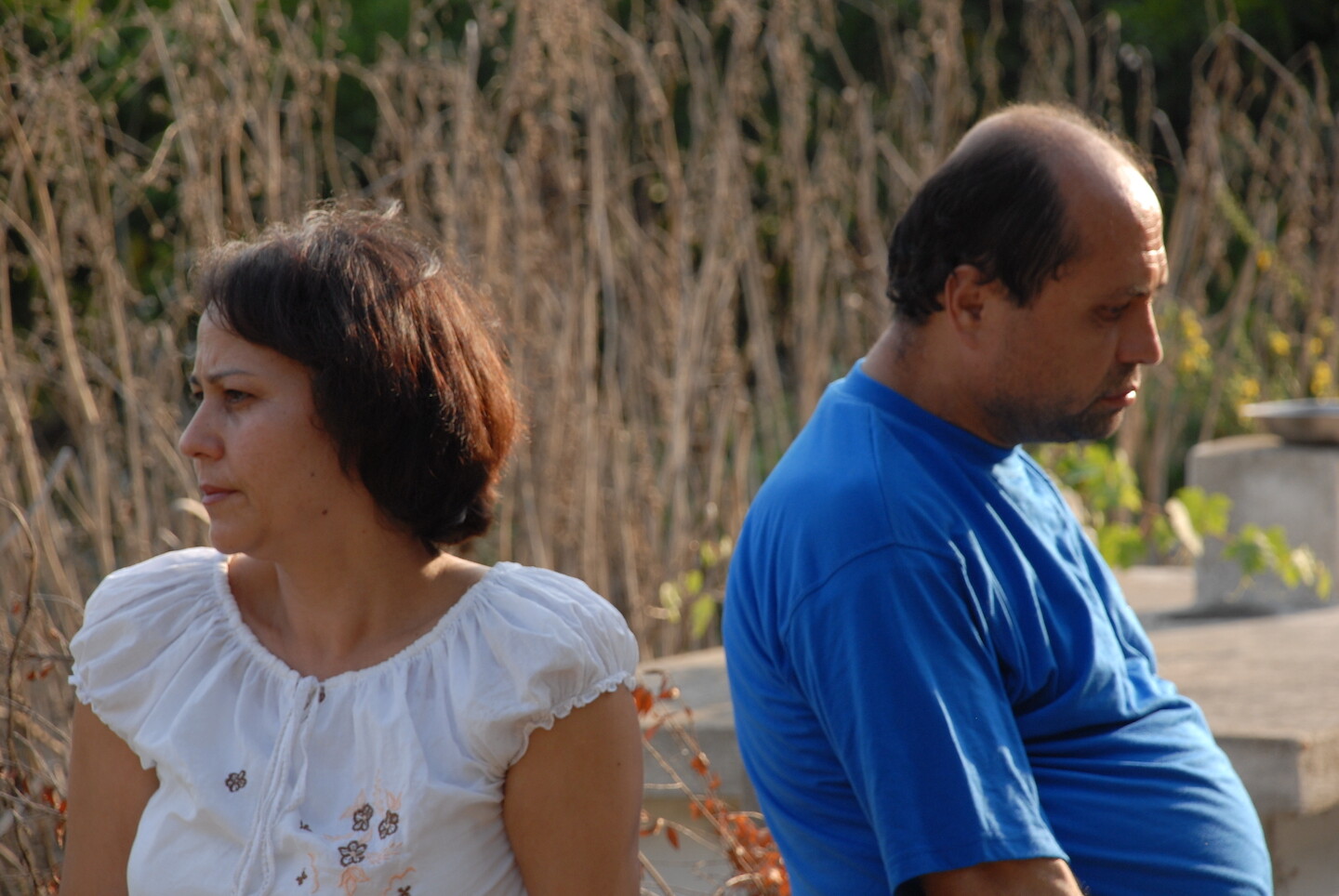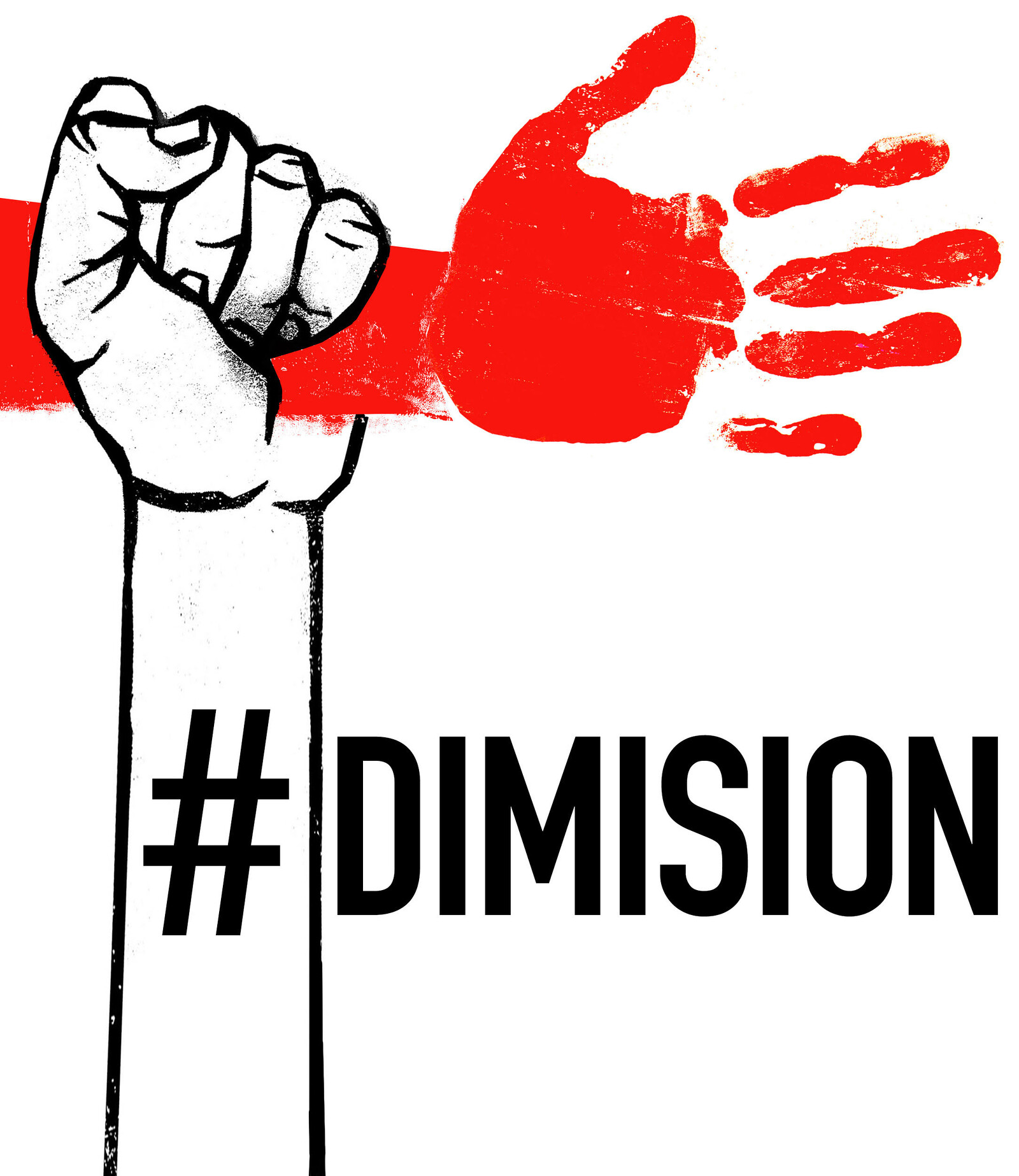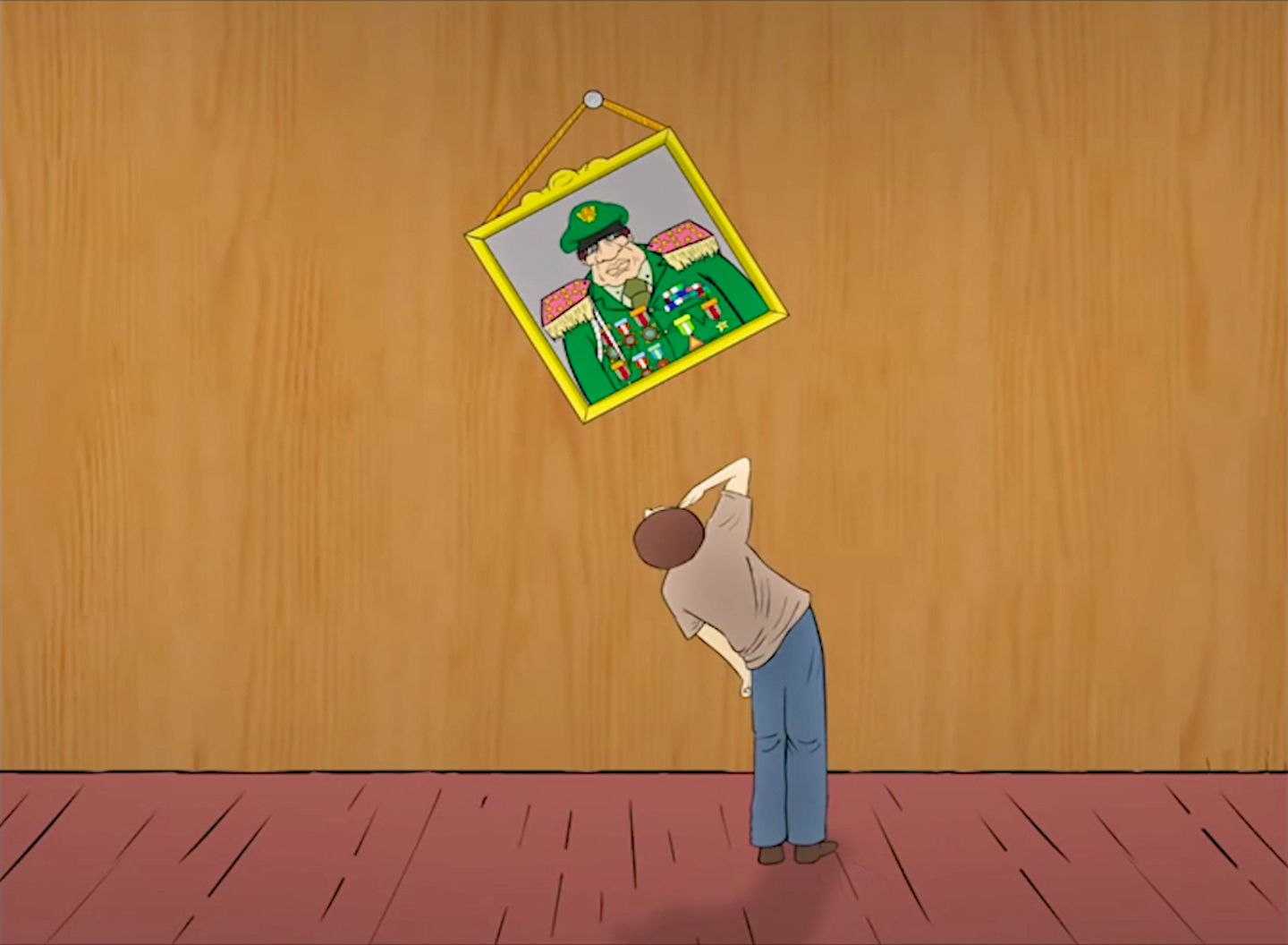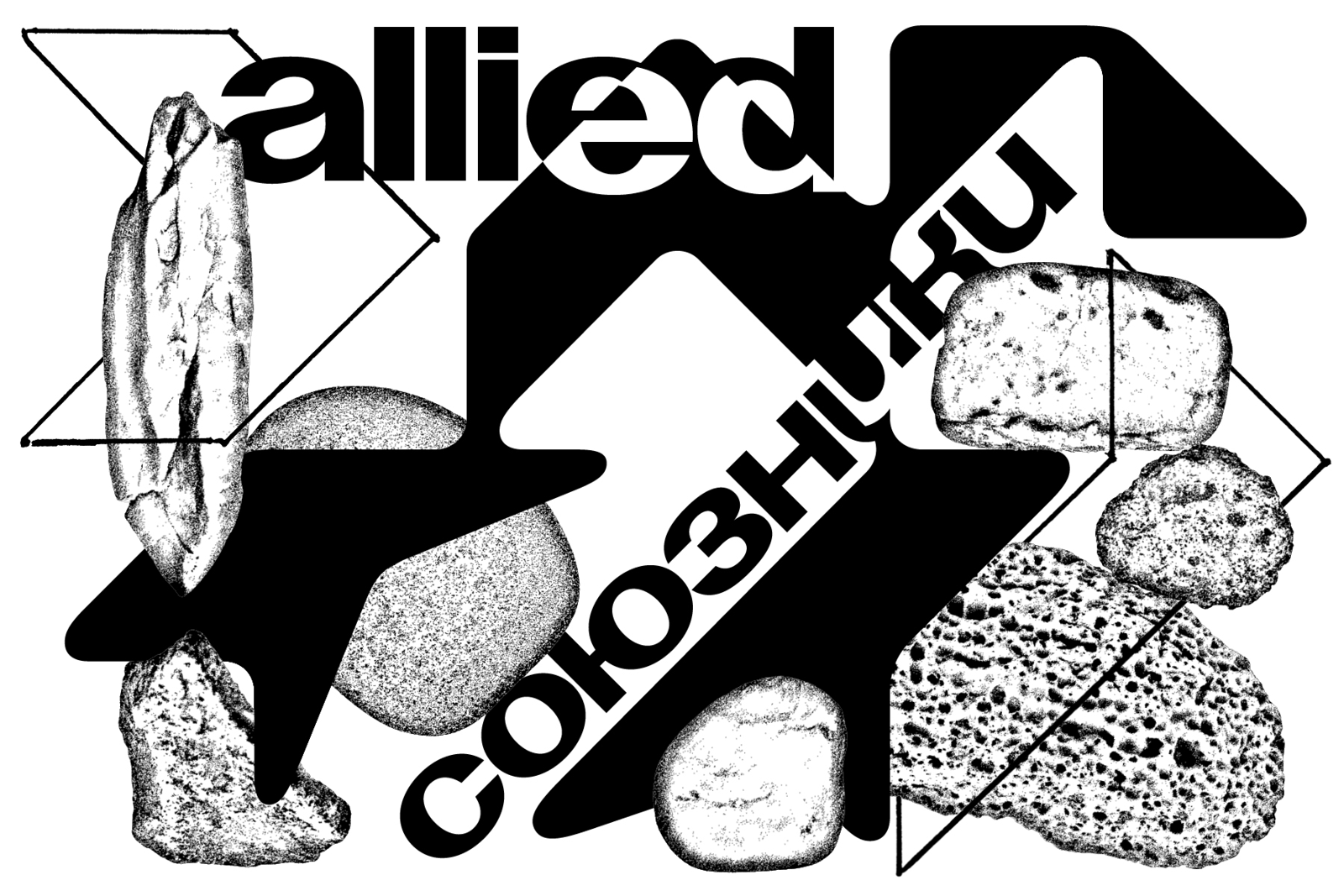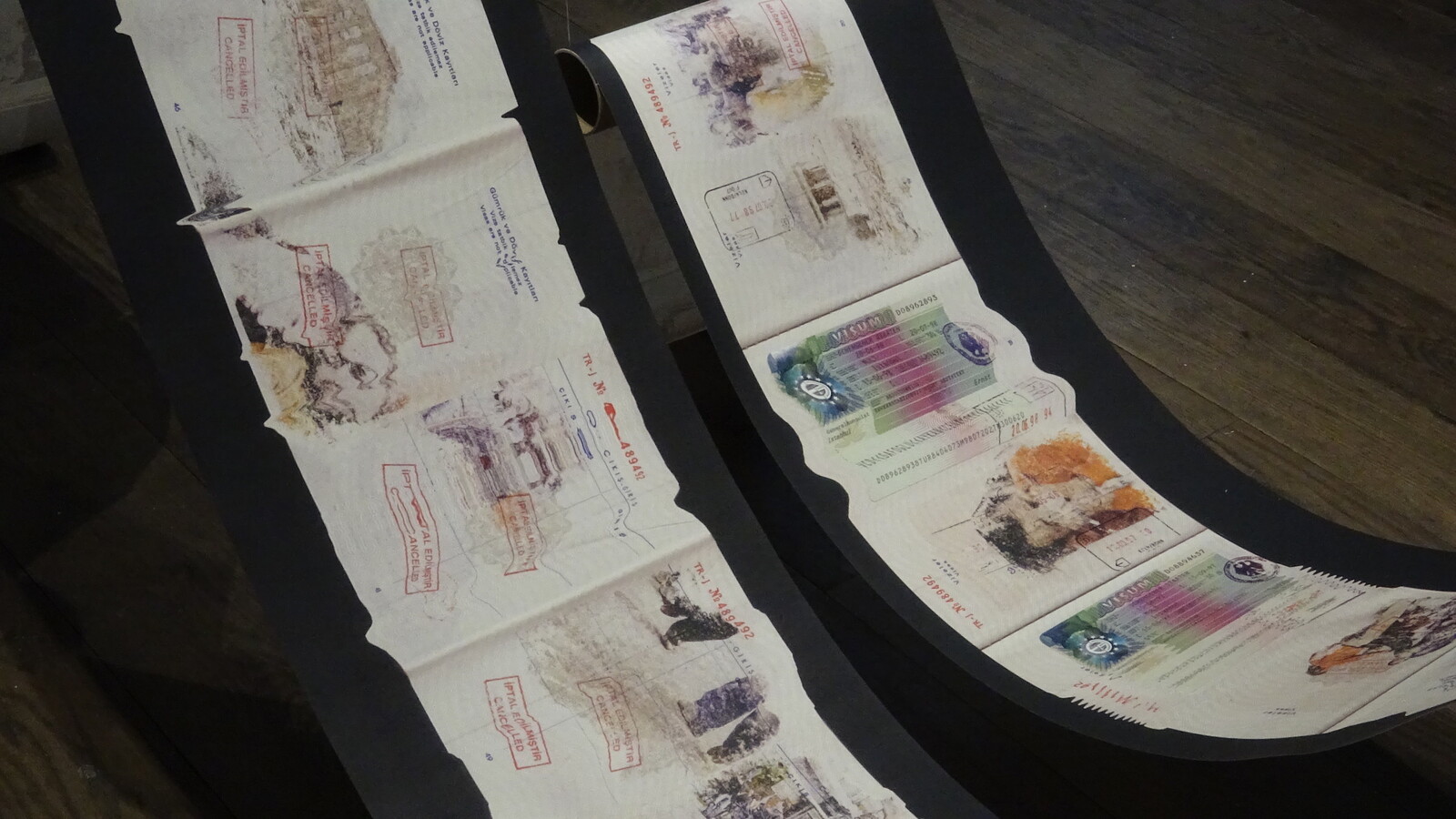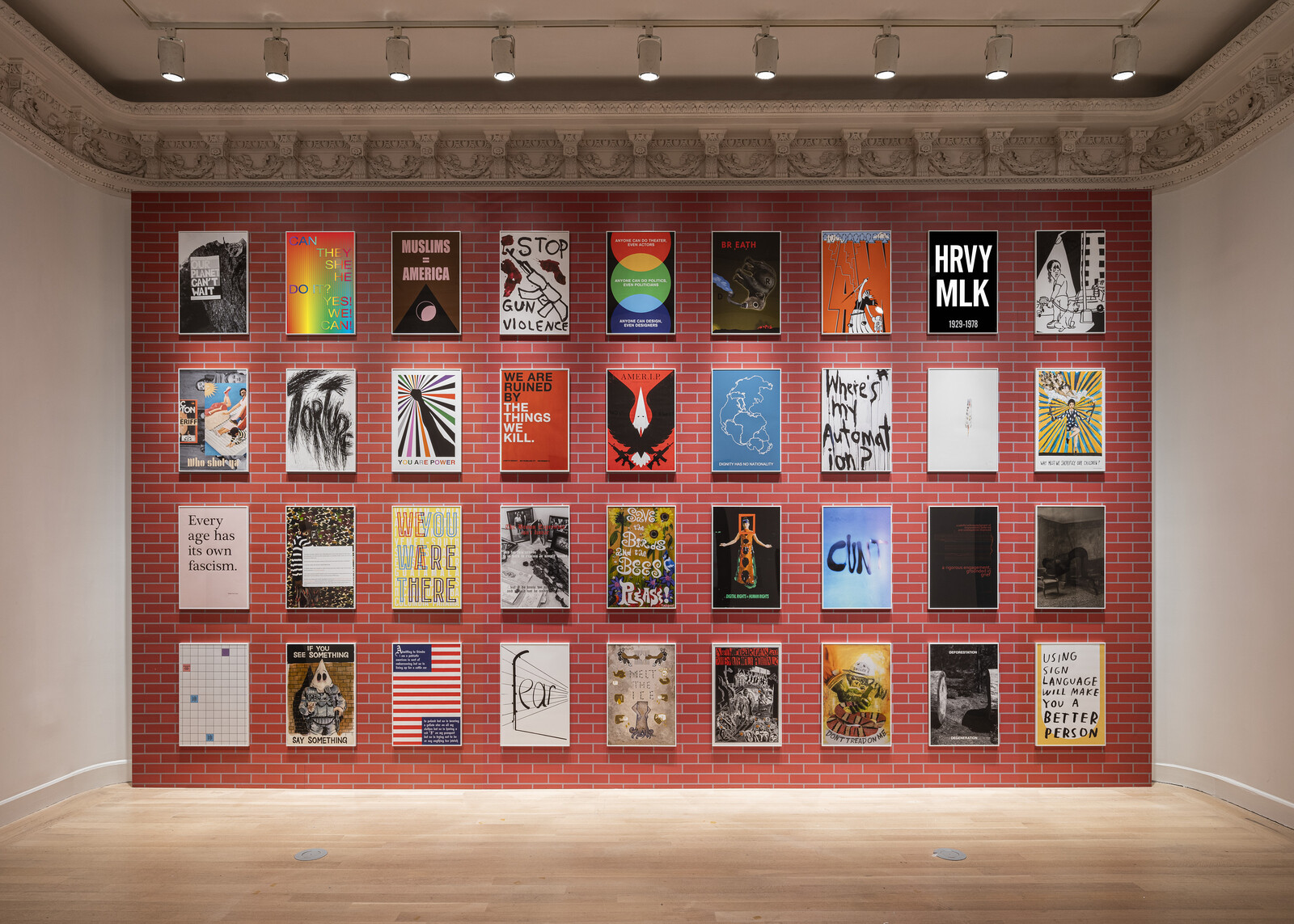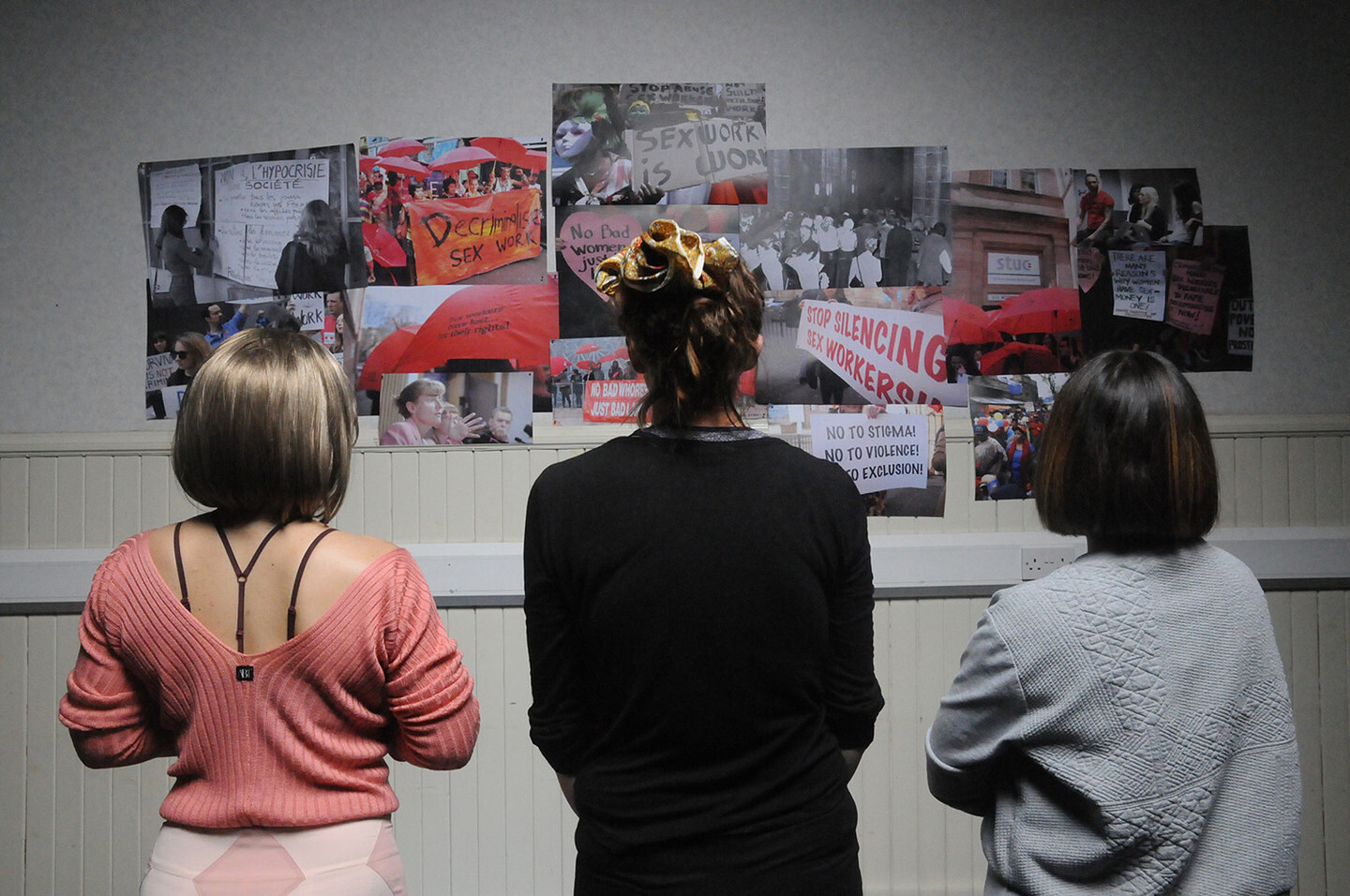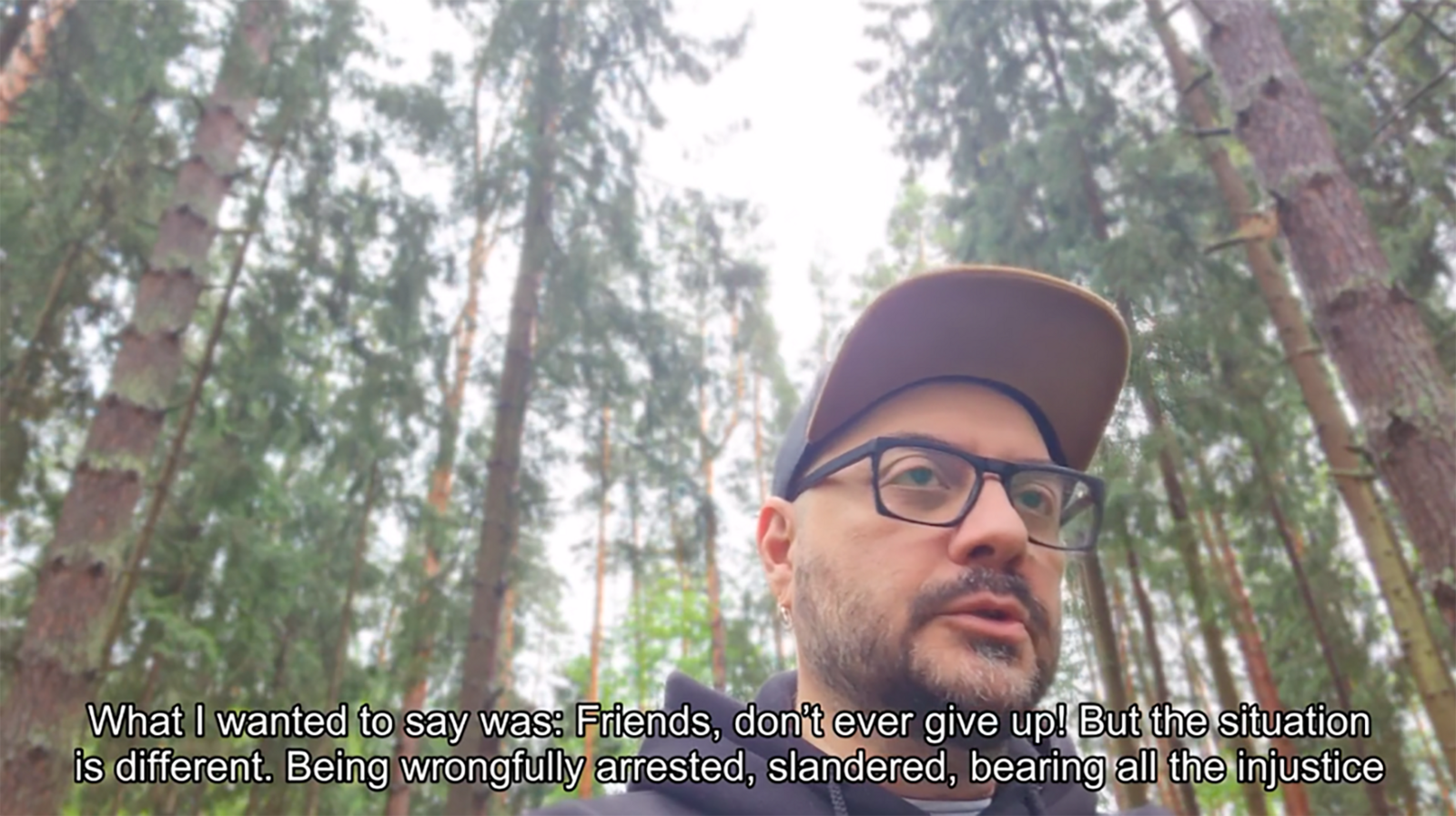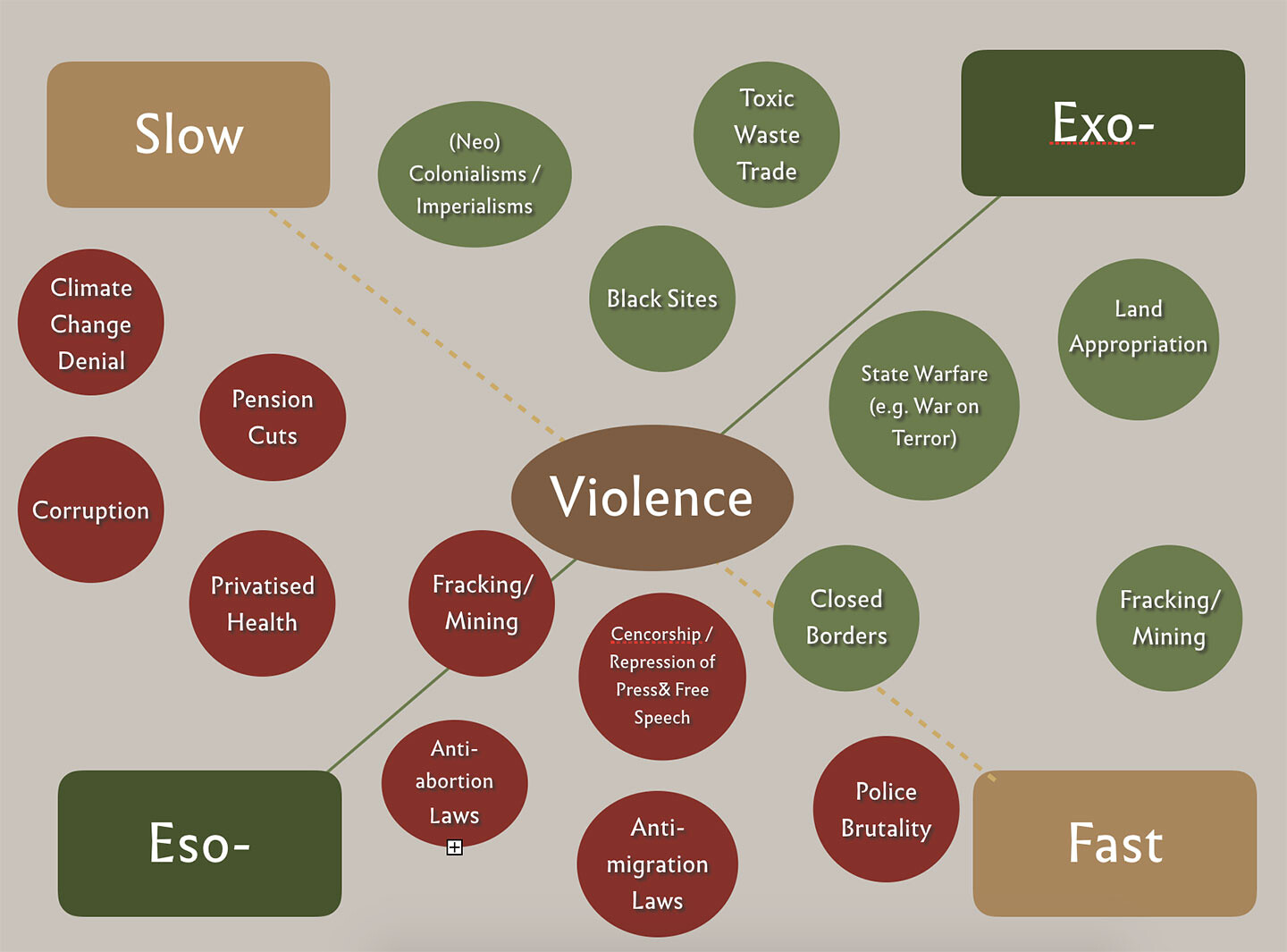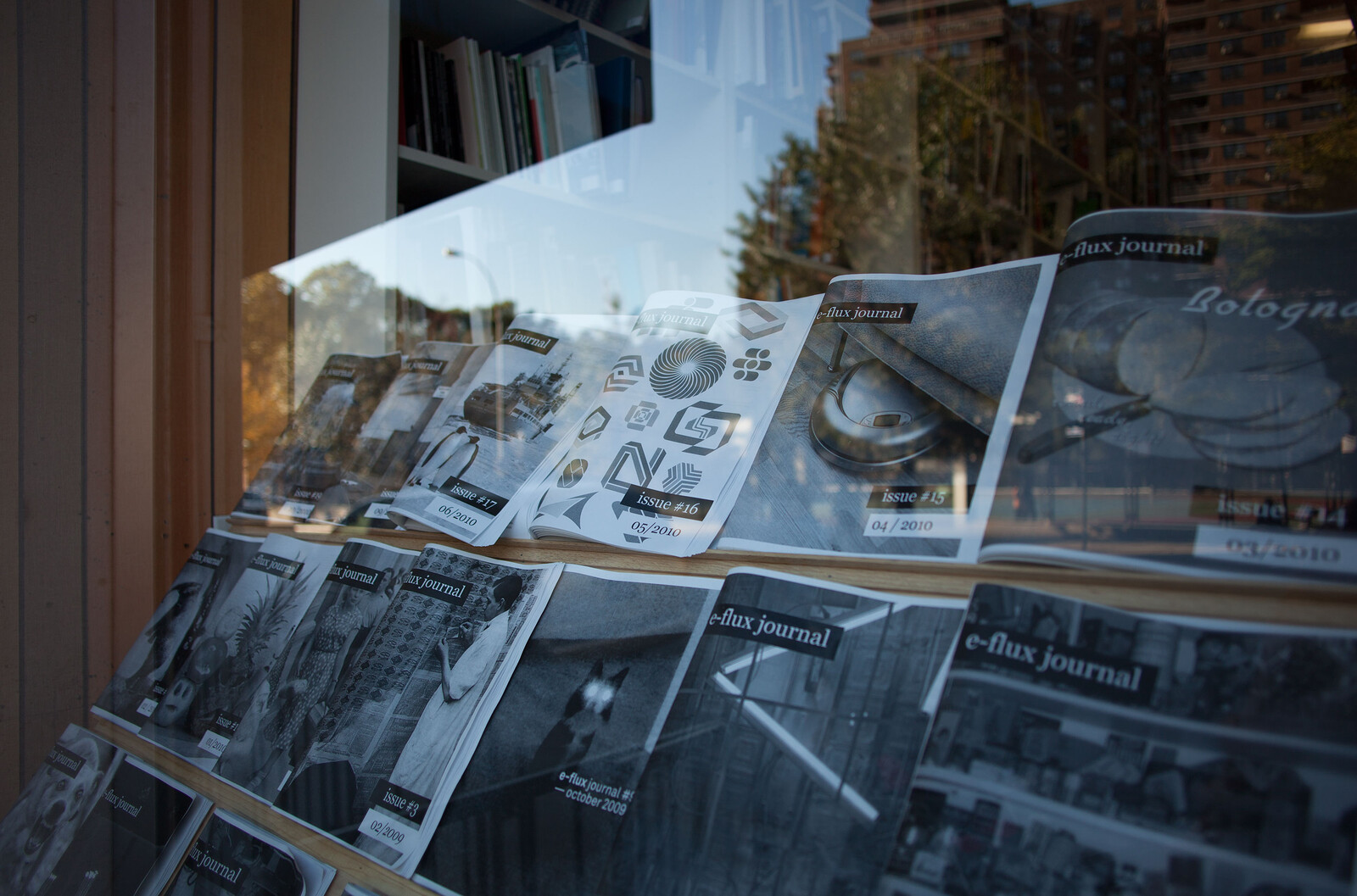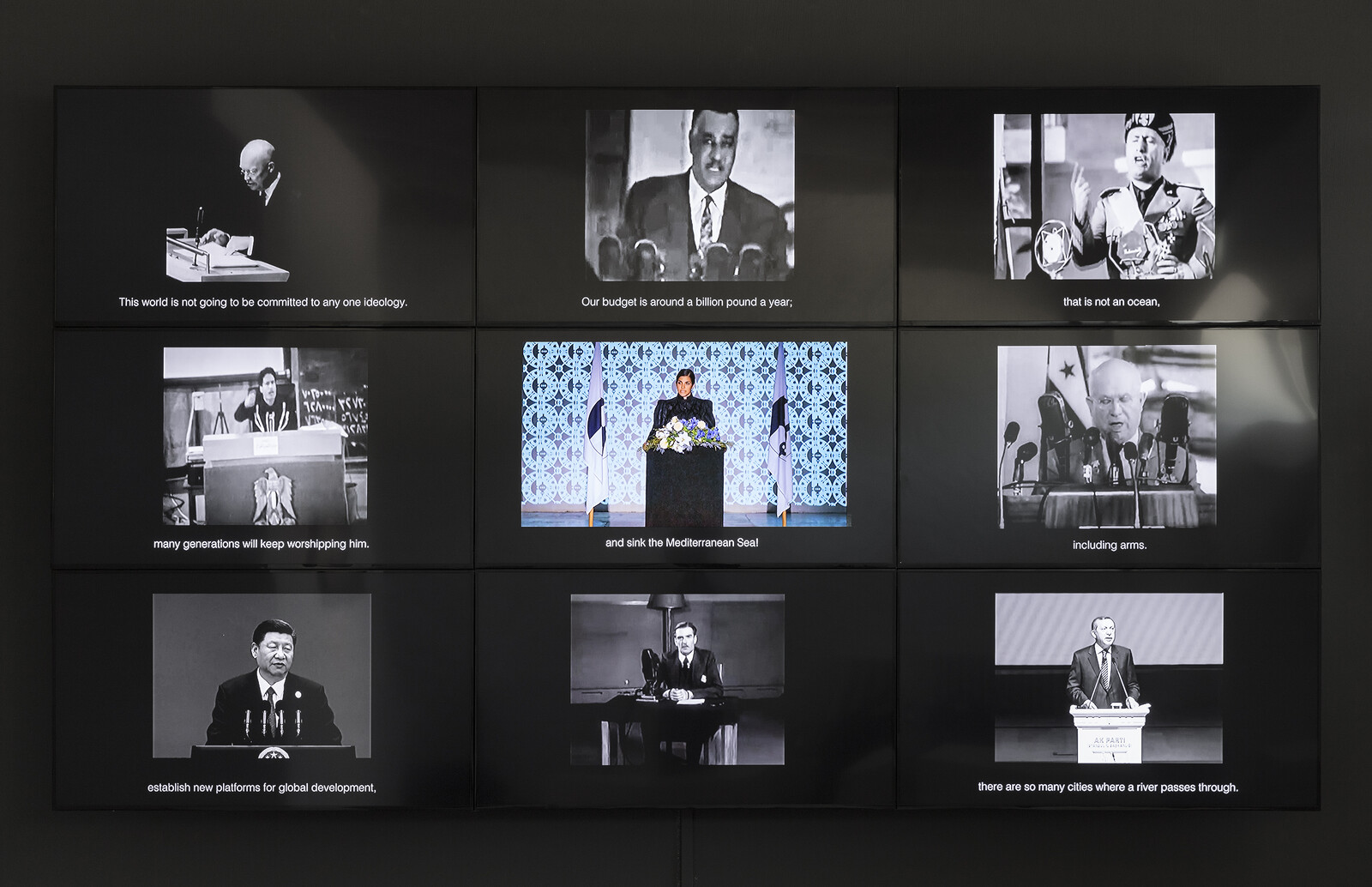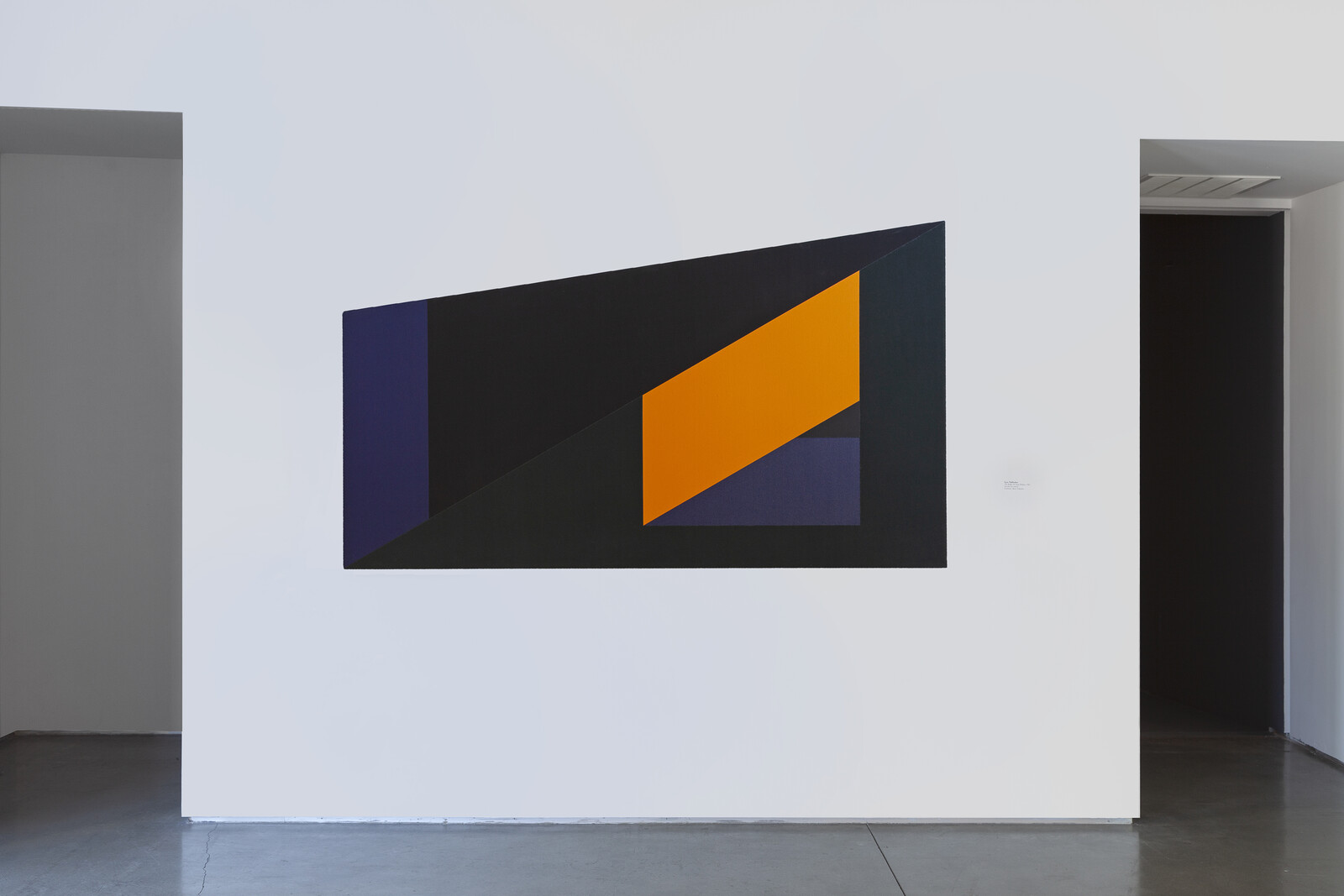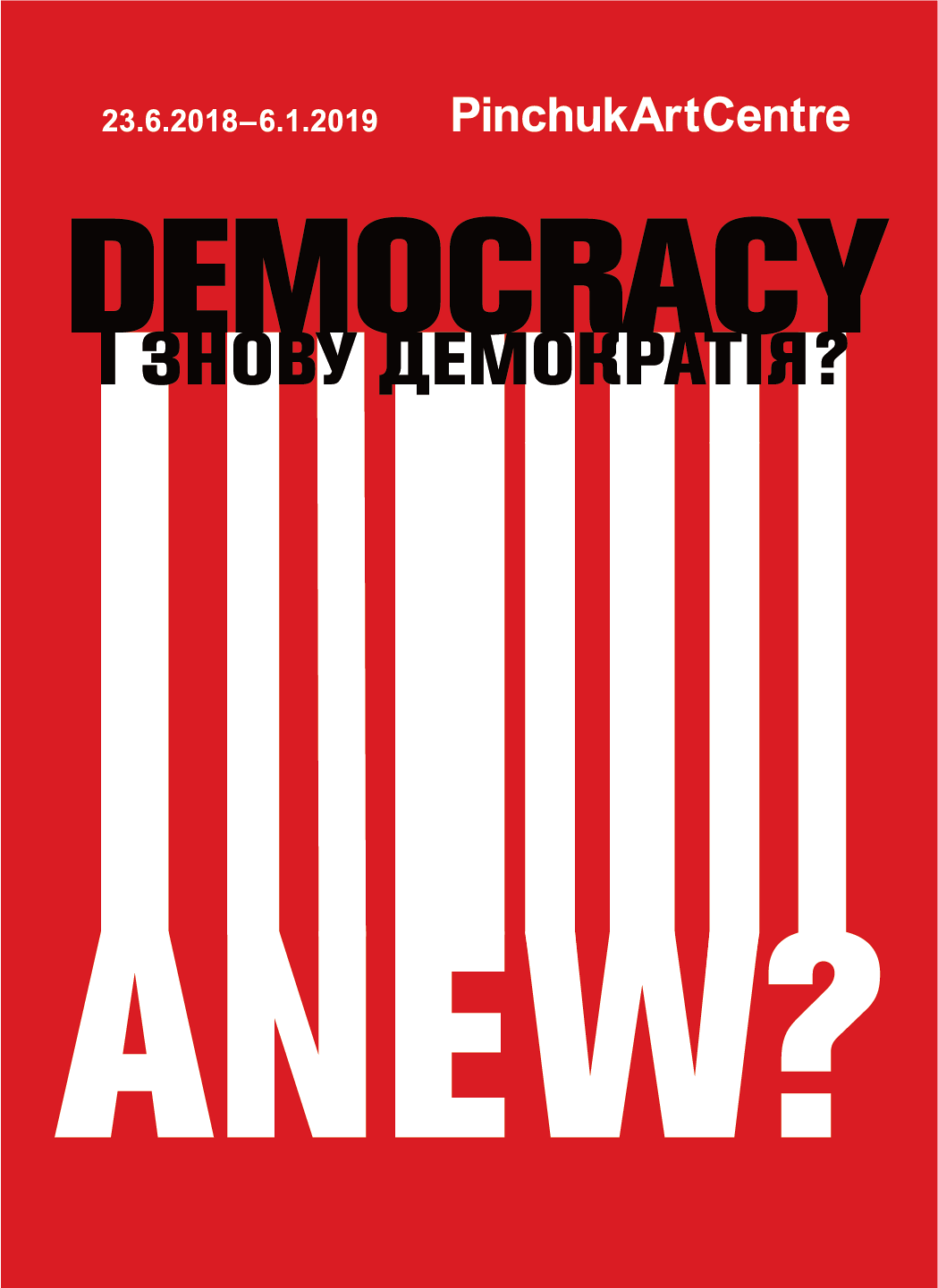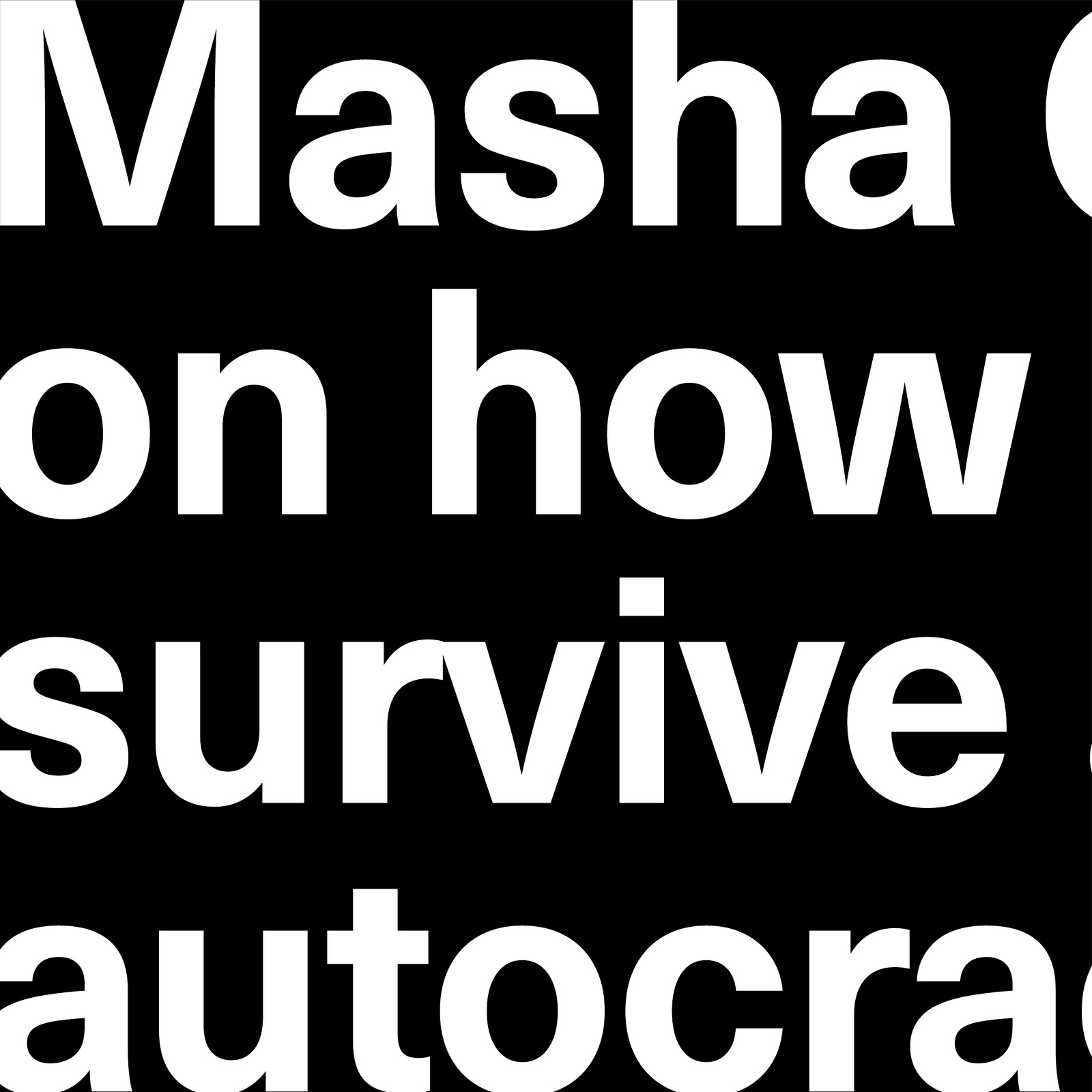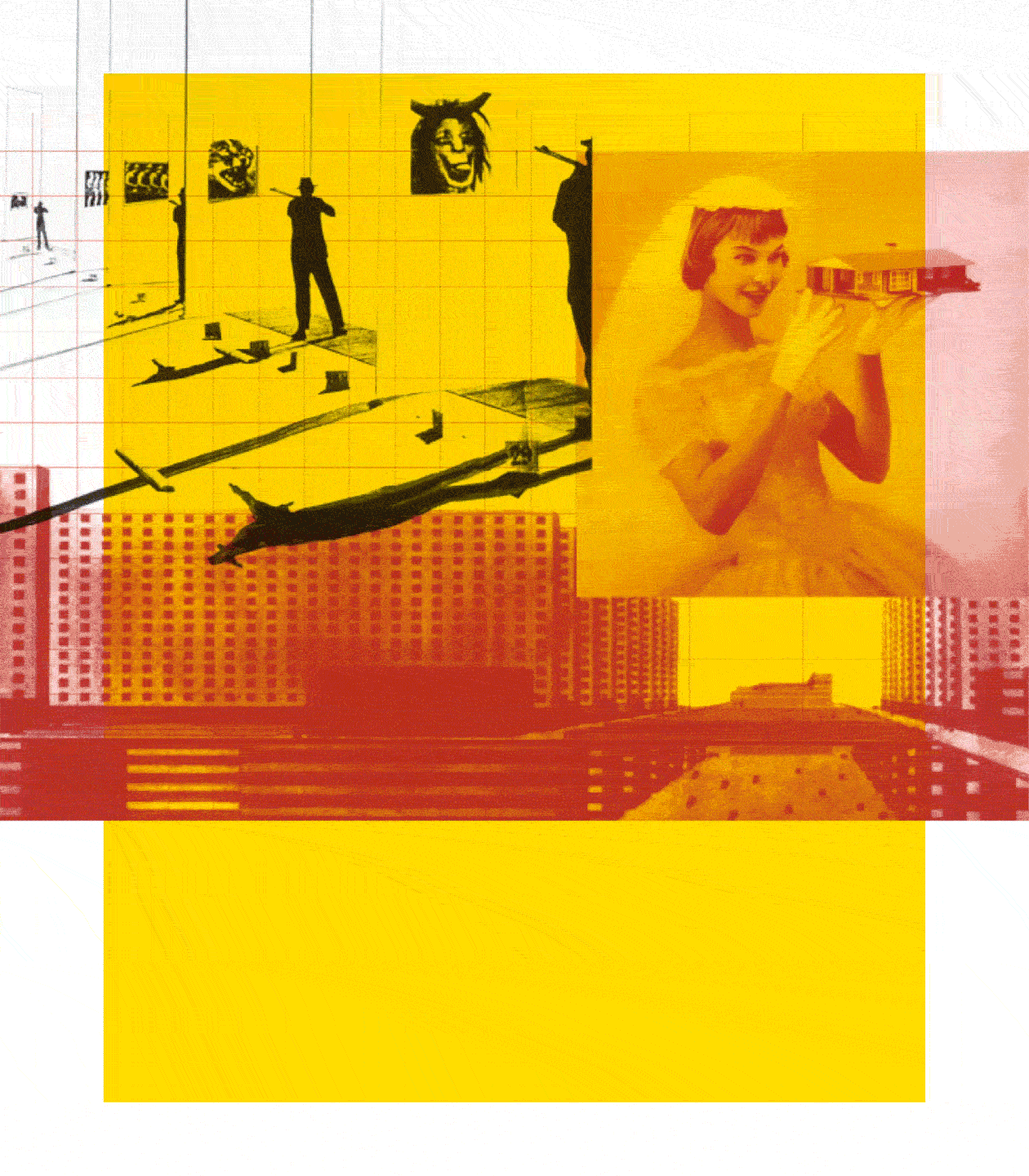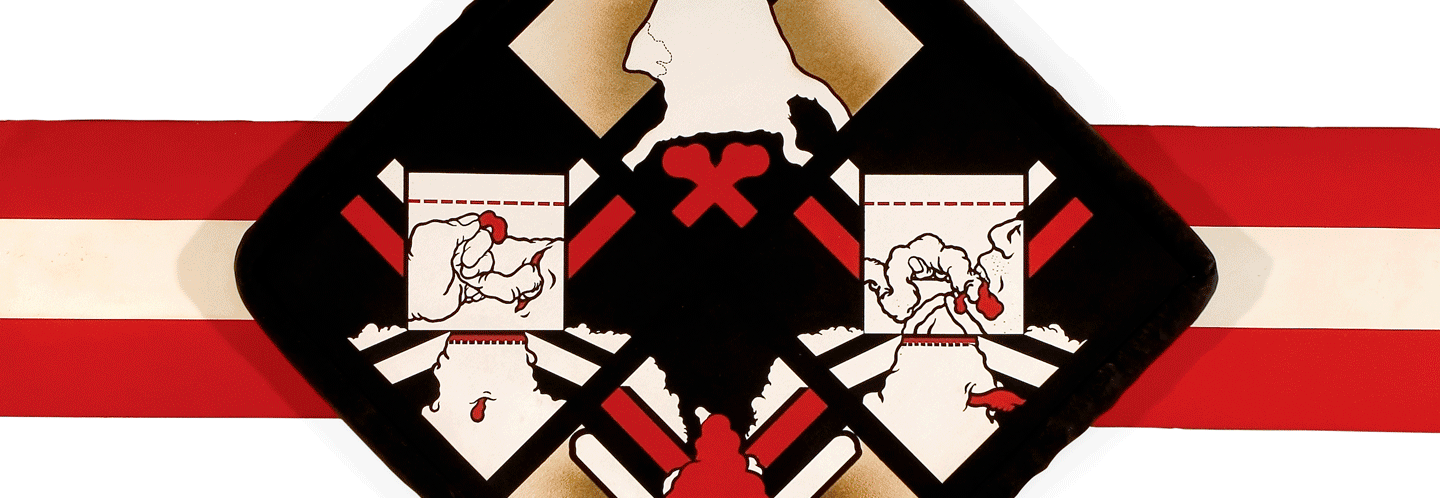Automaton and Chaos is the first volume to collect Franco ‘Bifo’ Berardi’s extensive collaboration with e-flux, which has become one of his primary English language outlets since 2010.
Once again, we find ourselves facing the fallout of the democracy-led energy-supply model developed in nineteenth-century England, in which vast tracts of land were destroyed, subjected to violence, processes of degradation, and excessive toxicity in the name of energy production, whether in the form of fossil fuels or grain with a high protein content. The Western model of democracy has created sacrificial landscapes where both concepts—landscapes and democracy alike—may be sacrificed to wildfire.
Care and its politics have been a subject of concern to the art world, made all the more urgent by the global pandemic. But is it a real concern that can lead to changes in the way we operate in our institutions and working relationships, or is it merely surface level? How can care, if studied care-fully, provide solutions to the various problems that art institutions and art workers face? How is it that contemporary art institutions are keen—and comfortable—to talk about care when they have been so care-less?
In 2004, artist Abdel Karim Khalil organized an exhibition in a small Baghdad neighborhood. It was a group exhibition of artists from the area who felt the need to position themselves against what was occurring in the city. Khalil’s sculptural installation A Man from Abu Ghraib (2004) is a set of realistic marble figures depicting torture: a visual documentation of a historical moment that disrupted and destroyed a society and a people and initiated a new wave of exiles and refugees. It is one of the rare examples of artistic practice that manages to directly confront eso- and exo-violence, in both its slow and fast forms. The work unearths the violence imposed by the Iraqis and the Americans equally in instantaneous bursts of fast violence during the Gulf Wars, but also throughout the interim periods, during the rise of ISIS and through today.
In the landscape that is gradually emerging, it’s not so fantastical to imagine the eventual replacement of all international exhibitions with beer festivals, local food and craft fairs, or other types of events that reaffirm a particular identity and sense of belonging, rather than offering an encounter with something or someone outside of that tightly constructed place. It’s also becoming possible to imagine a reduction or even a termination of human movement: from the reemergence and fortification of numerous national borders, to increasing visa restrictions and the exclusion of entire religions or nationalities from entering certain countries, to perhaps requiring a permit to leave. I grew up in the Soviet Union and I do remember living in a regime under which you can’t leave the country without permission from the state.
Art after culture. Just to say the simplest and most obvious thing: culture, in the broadest sense of the word, is good at pointing to things and naming them, but not so good at describing relationships between things. It privileges declarations, right answers, universals, and elementary particles. It is captivated by circular logics and modernist scripts that celebrate freedom and transcendent newness—narrative arcs that bend toward a utopian or dystopian ultimate.
In culture, and particularly the contemporary visual arts, we should not underestimate the extent to which cultural workers themselves mimic the tropes of narcissistic authoritarian statism. We need look no further than Ai Weiwei’s 2016 recreation of a photograph depicting the death of Aylan Kurdi, a child refugee whose body washed up on the shores of Turkey. Weiwei cast himself in the role of the drowned child, as if the only way to raise awareness was to reenact the drowned refugee child, publicizing his image as equally strong as the actual event. Or consider Swiss artist Christoph Büchel’s work Barca Nostra (2019), presented at the 2019 Venice Biennale: he docked a vessel in which more than seven hundred people died on the night of April 18, 2015 on a pier in Venice’s Arsenale, next to a snack bar. In both cases, the narcissism of the artist employs neoliberal logics: their cultural capital is important enough to justify breaking codes of respect toward the dead.
